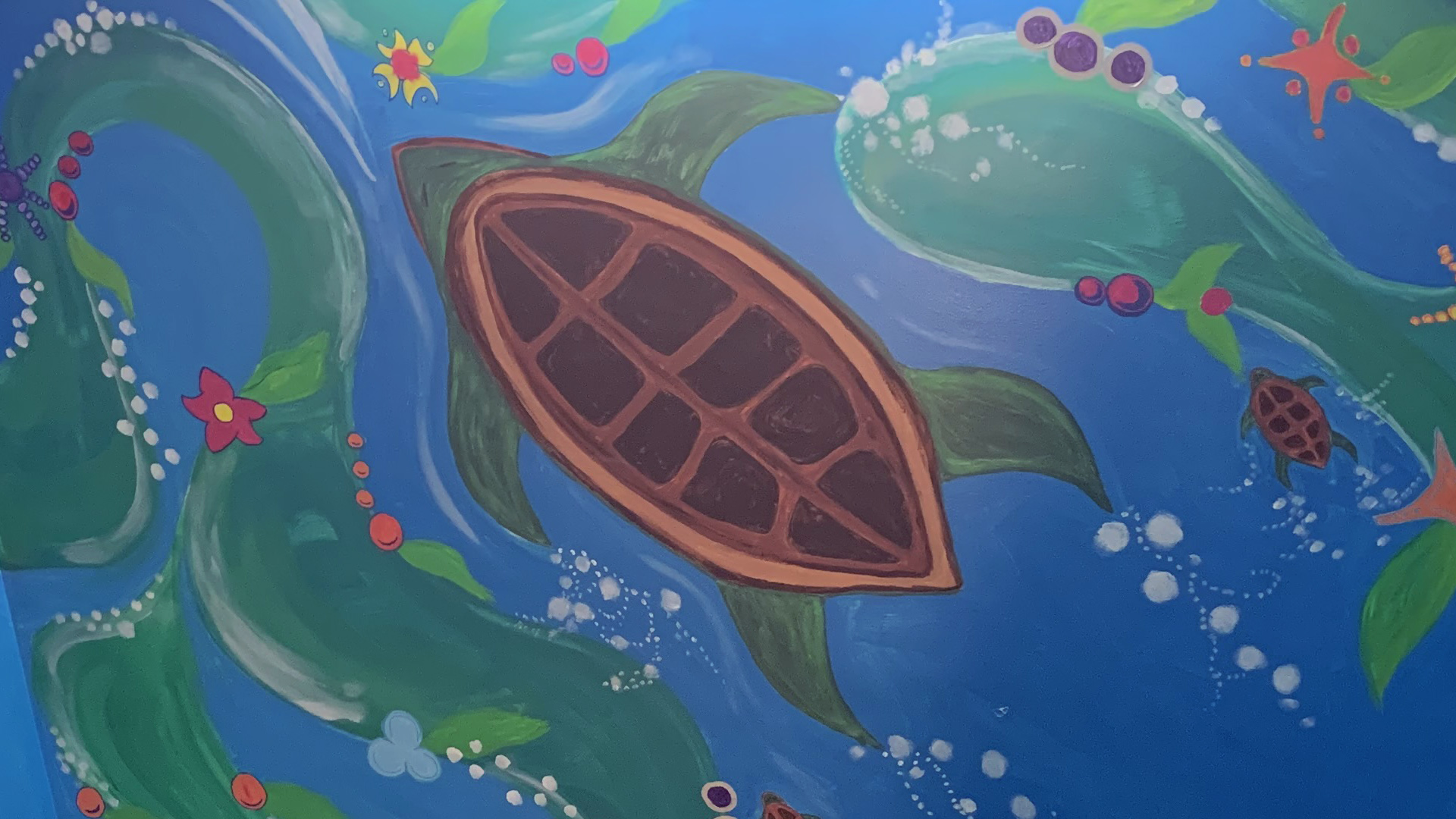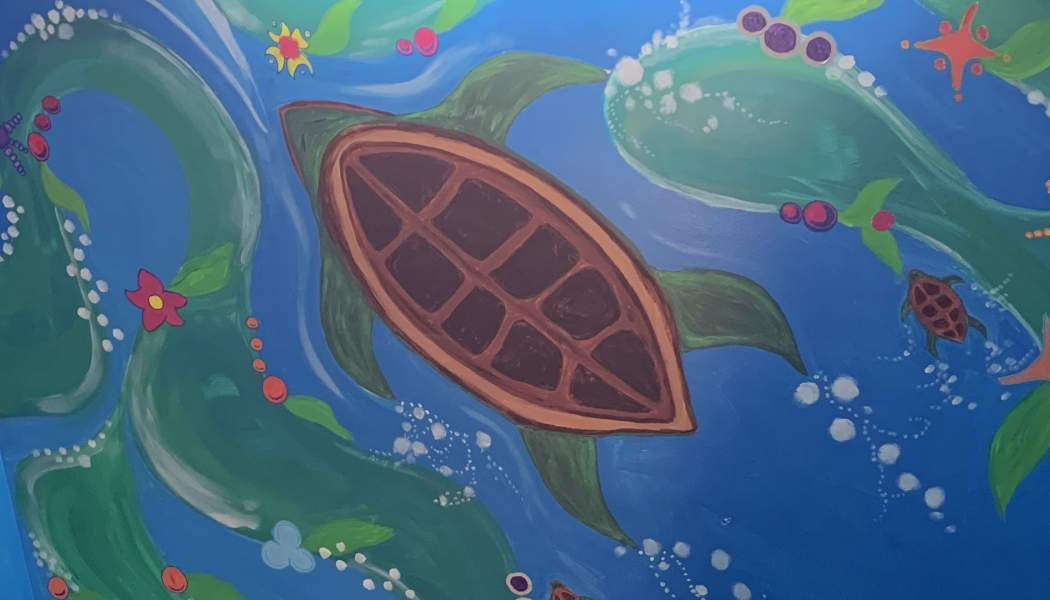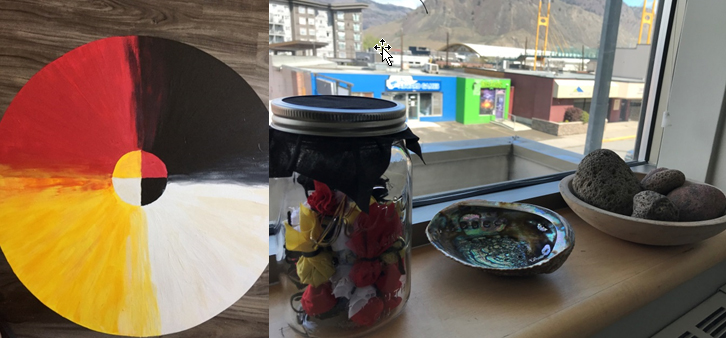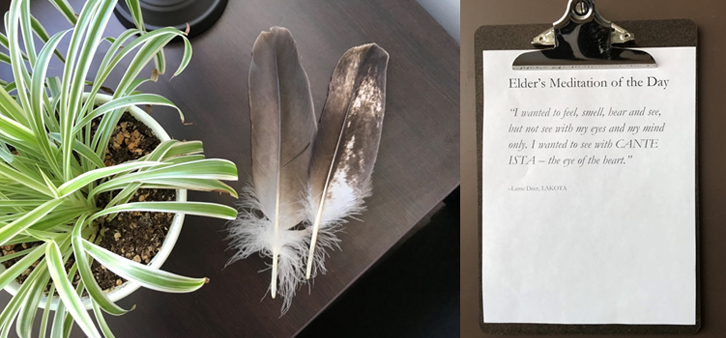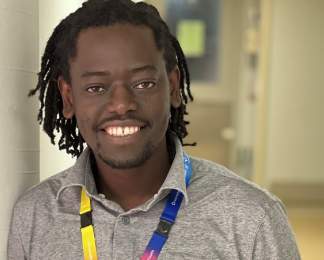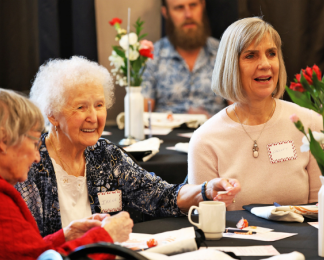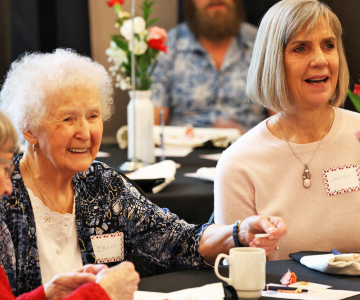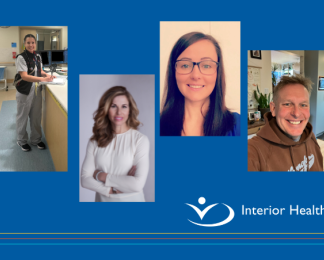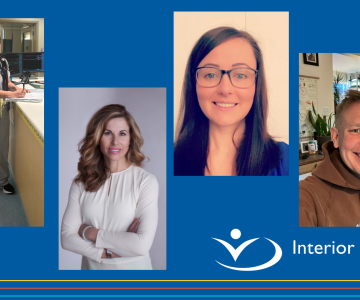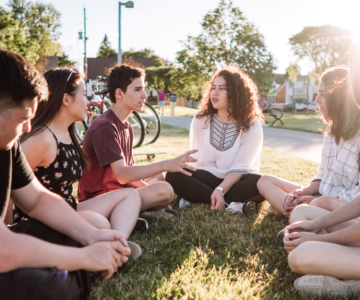When people feel comfortable in a space, they are more likely to visit.
With this in mind, the Aboriginal Mental Wellness team has been looking at ways to make spaces that provide mental health and substance use services more welcoming and culturally safe.
Conversations with Aboriginal partners, clients, families, and care providers have shown us there are a number of ways we can create welcoming spaces and improve the quality of care for Aboriginal people.
Physically welcoming spaces
- Warm lighting (less use of fluorescent)
- Comfortable seating
- Private spaces (especially when located with other services)
- Using natural elements to soften spaces
- The need for spaces to be seen as healing rather than medical or clinical
- Having a recognized space for cultural/ traditional practices
Emotionally welcoming spaces
- Welcome signs, general signage, and waiting room resources in the language(s) of the Aboriginal people in the area
- Acknowledgement of the traditional territory of the local First Nations
- Acknowledgement of Métis and Inuit peoples accessing the space
- Aboriginal clients and families able to see themselves and their Nations represented in the environment through art and other culturally relevant items
- A map of the area showing First Nations and Métis Nation BC Chartered Communities
- A friendly reception and help finding your way
Welcoming spaces that recognize our relationship with Aboriginal people
- Spaces should reflect the holistic Aboriginal worldview
- Art and knowledge on the walls that represents the distinct Aboriginal communities in area
- Show the interconnected nature of Aboriginal cultures
- Post the official commitments made to Aboriginal partners
- Prior to deciding where to locate services, be conscious of associations Aboriginal people may have with other organizations in the building
Spiritually welcoming spaces
- Provide opportunities for clients and families to practice cultural ceremonies
- Hosting culturally safe ceremonies, circles, and land-based teachings with Aboriginal partners
- Access to traditional healers and elders
- Access to sacred spaces
All Interior Health staff receive cultural safety training which includes education about the history of colonization in Canada and the negative impact this history has on the health and wellness of Aboriginal peoples.
For community health facilitator Cathy Collinge, this training led to a curiosity about how she could make her workplace (Lansdowne Centre in Kamloops) culturally safe and welcoming.
Cathy and her colleagues started by creating an advisory committee with the support of their Aboriginal mental wellness team. They invited members of the Secwépemc Nation, surrounding Nations, people accessing services at Lansdowne Centre, Elders and Knowledge Keepers to join.
Since its inception, the committee has made a number of recommendations for creating welcoming and safe spaces and services. Many of their recommendations have been implemented through a grant received from the Royal Inland Hospital Foundation.
A mural was completed at Community MHSU Lansdowne Centre in November.
Spelq̓wéqs
Pronounced “spell-kwaks”, Spelq̓wéqs is the Secwepemctsin name for turtle
“For me, turtles represent longevity, patience, nurturing, and wisdom,” says artist Chris Bose. “In this mural, I have the mother turtle swimming with two baby turtles through an ocean of life and hope and promise."
The work to create welcoming spaces continues to evolve. The advisory committee recently recommended surveying Kamloops staff and physicians working in mental health and substance use to determine areas of interest for learning.
Learning about Aboriginal cultures and reflecting those learnings in the places where care is offered can create positive change. “Culture is healing and an integral part of our health and well-being,” says Métis Elder Gwen Campbell McArthur, Kamloops advisory committee member.
“The mental health professional has a degree, but that does not make them the expert, in fact, the person seeking treatment is the expert on themselves. When someone seeks services, they do not come alone. They come as part of a family, a community and indeed a nation.”
Are you interested in learning more? Check out the Interior Voices podcast.
